NOTE: For newbie car enthusiasts, the thought of doing your own maintenance and simple repairs may seem intimidating. For some seasoned gearheads, the thought of maintenance and light repair tasks may seem like a tired chore to farm out to the local shop–especially if it’s just a daily driver. But proper vehicle maintenance and repair is key to getting more out of our vehicles. This Basic Maintenance Series will provide basic automotive maintenance tips, tricks, and how-tos anyone can do.
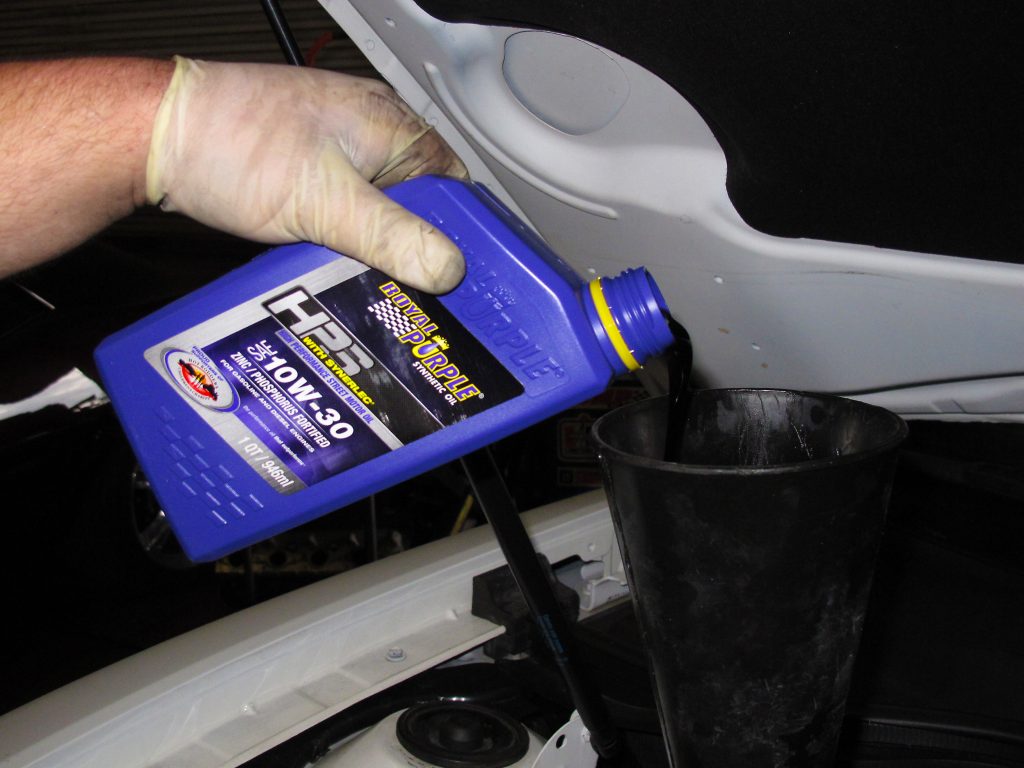
It’s late January, and chances are you’ve already failed to keep some of your New Year’s resolutions. It’s OK, though, because we’re proposing one last resolution (we get a one-month grace period) that anyone can keep:
Save Money By Doing Your Own Automotive Maintenance
5 DIY Maintenance Projects Anyone Can Do
With the right tools, there are a quite a few automotive maintenance/repair jobs that just about anyone can do. In fact, Edmunds.com did a great job of identifying five simple DIY maintenance projects that will save you money in the long run. We know there are even more simple jobs anyone can tackle, but this Edmonds article did a fantastic job of demonstrating how much money you can save with a little time and effort.
In the coming months, we’ll show you (or remind you if you’re a veteran wrencher) just how easy it is to perform some of these simple maintenance jobs. Plus, we’ll provide some maintenance tips, product profiles, and advice to help save you money. For starters, here’s a quick rundown of the top five DIY maintenance projects anyone can do themselves to save money:
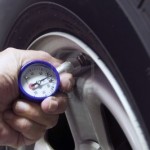 1. Check Your Tire Pressure
1. Check Your Tire Pressure
Benefit: Improved safety, better fuel economy, prolonged tire life
Time required: 15 minutes, once a month
Tools required: Tire pressure gauge, air compressor (or gas station air pump)
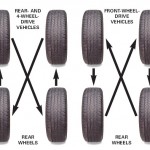 2. Rotate Your Tires
2. Rotate Your Tires
Benefit: Improved safety and prolonged tire life
Time required: One hour
Tools required: Jack stands, tire iron, your car’s jack
 3. Change Your Air Filter
3. Change Your Air Filter
Benefit: Optimium engine performance, engine protection, better fuel economy
Time required: Five minutes
Tools required: Screwdriver
 4. Replace Bulbs and Fuses
4. Replace Bulbs and Fuses
Benefit: Improved safety and visibility
Time required: 30 minutes
Tools required: Screwdriver and set of fuses
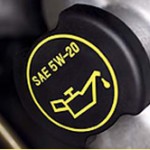 5. Change Your Own Motor Oil
5. Change Your Own Motor Oil
Benefit: Maximum engine protection, reduced cost over professional oil change locations
Time required: One hour
Tools required: Jack, oil pan for catching the old oil, socket wrench, oil-filter wrench, recycling bottles, mechanic’s rubber gloves and plenty of rags
Click on the Edmunds article link above for an estimated cost savings by doing each of these jobs yourself.
Essential Maintenance Tools
If you’ve ever bolted on a single aftermarket part—or if you’re a veteran hot rodder who’s disassembled an entire engine—you more than likely have the tools required to do your own maintenance jobs. But if you’re new to the DIY automotive scene, you’ll want to pick up a few essential tools to handle potential jobs. Chances are you have a few of these tools on-hand anyway:
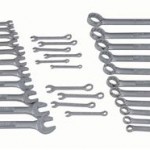 Wrench and Socket Set
Wrench and Socket Set
Wrench and socket sets come in a variety of styles (standard and metric) and sizes—Craftsman offers wrench sets up to 32 pieces! If you don’t already have a set for household jobs, secure a basic wrench and socket set for a variety of maintenance and repair jobs that are likely to come up. Most vehicles use some combination of both standard and metric hardware.
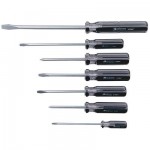 Screwdriver Set
Screwdriver Set
Screwdrivers—flatheads and Phillips—are a must for basic jobs like air filter changes and light bulb replacements.
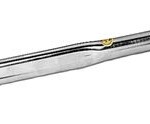 Torque Wrench
Torque Wrench
Certain parts on your vehicle will need to be tightened down to a specific torque rating. That makes owning a torque wrench essential. Plus, you can’t enter the realm of “do-it-yourself car guy” without owning a torque wrench—it’s a requirement!
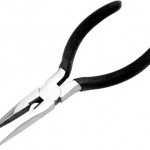 Pliers
Pliers
We’d recommend both slip-joint, “CHANNELLOCK-type” pliers and needle-nosed pliers. This combination will give you some amount of adjustability to get into hard-to-reach places.
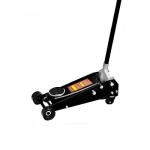 Floor Jack and Jack Stands
Floor Jack and Jack Stands
At some point, you’re likely going to need to get under your vehicle, so a good-quality floor jack and a set of jack stands are a must. Make sure you select a jack and jack stands rated higher than the weight of your vehicle.
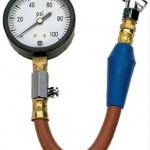 Tire Pressure Gauge
Tire Pressure Gauge
Proper tire pressure is key to maximizing fuel efficiency, prolonging the life of your tires, and making your driving experience as safe as possible. You can get a decent analog gauge starting right around $5 from companies like Performance Tool.
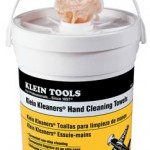 Shop Towels
Shop Towels
Working on your car or truck means oils, fluids, and grease. So yeah…you’ll want to keep a good amount of shop towels or rags close by.
5 Garage Safety Tips
- Eye/ear protection—wear safety glasses when working with power tools or while working underneath your vehicle. Also, consider earplugs or ear protection if you elect to use power tools.
- Fire safety—it’s always a good idea to keep a fire extinguisher somewhere in your garage.
- Skin protection—when working with solvents or coolants, use nitrile gloves. When wrenching on your vehicle, it’s always smart to wear a good set of mechanic’s gloves or maybe even a safety sleeve.
- Maintain proper ventilation—avoid working in an enclosed area without proper ventilation.
- Practice safe lifting—use your vehicle’s manual to find the proper lift points on your vehicle. Never jack your vehicle up on an uneven surface.

Comments